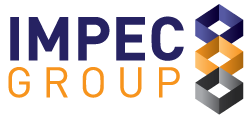I had a very interesting call with Nic Halverson, the founder and CEO of Occuspace last week. To paraphrase, my enlightenment came from the following statement:
“What moved the needle for the Internet was creating comprehensive analytics on why people come to a site, how long they spend in each area, what they focus on etc. We have only just begun to do the same in the physical world.”
Nic Halverson, Founder and CEO of Occuspace
It struck me that the digital world thrived on data and analytics, and the sensor market is poised to do the same for the physical world.
In the post-pandemic plans for corporations, there are many discussions around the use of sensor technologies. The use of (or at least, interest in) sensor technology has been accelerated by the pandemic – prior to COVID-19, sensors functioned more as tools for understanding space utilization, as a data element for evidencing the need to grow or contract space, or as a means to justify a move to activity-based work.
Many people see sensors as a “silver bullet” to answer all their post-pandemic questions on how space is being used, without really understanding the playing field (or the potential costs and other pitfalls).
I hope this article provides some useful guidance for people embarking on that journey.
Making the Business Case
“Technology for the sake of technology” is the biggest potential issue in this decision. I really urge people to consider the business justification/benefit for what can be a considerable investment.
You really need to define what you are tracking and why:
| Data Element | Definition | Purpose | Questions Answered |
| Utilization | This is often misclassified but refers to how often a space is used relative to its availability |
Can apply to a desk or a meeting room Utilization is typically a “yes/no” question, so a 4 person meeting room that is used by one person may be considered 100% utilized, depending on the technology selected |
What % of time is the available space used? |
| Presence/Occupancy | This is merely indicating if someone was physically in a space and does not quantify how long for. This can be real-time (sensor based, think heat maps) or static (for example, badge card data) | At a macro level, this data can help with data-driven lease decisions | What areas are most popular? (real-time) How many people have been in the space? (static) |
| Capacity | Referred to as people counting – this is typically at a floor level or used for high volume areas, such as restrooms or cafeterias | Track high volume usage, both entry and egress. As a short-term use case, these sensors can also be used for metrics such as when elevators and restrooms are at capacity | How many people are in the space? Are we exceeding established thresholds? |
| Location | Provides details on where a space, asset or resource is | Wayfinding/location identification | How do I get to a resource? Where is the person located in real-time? |
| Availability | This determines if an asset/resource is occupied or not | Hot desks and conference rooms | Is a bookable resource available? |
| Suitability/Optimization | This looks at how space is used v. designed | Identify the actual utilization of a space against the design guidelines | How often is my shared space used at optimal levels? What should we be designing for the future? |
Not All Sensors Are Created Equally
Sensors are very different animals, in what they can do, how much they cost and how long their useful life is. Sensors can capture data through any combination of measuring micro-vibrations, images, Bluetooth, Wi-Fi, thermal imagery, infrared and radar. Some are battery powered, others require expensive and complex installation, and some are plug and play (but may require Wi-Fi access). Costs can vary widely from a few thousand to millions of dollars. Is your ceiling high enough? The questions and considerations go on.
If this has you scratching your head, you are not alone. The TEECOM Occupancy Management Analysis Report has 19 types of sensors – not sensor vendors, but types of sensors!!
It’s All About the Analytics
From my evaluation of the market, it is my belief that there is no single product that can provide the required data for multiple use cases today. Sensor companies are still largely hardware focused. I think the winners in the space will be those that can build upon robust analytic platforms that can ingest data from multiple hardware sources. The real winners may actually be data visualization/business intelligence platforms that can then overlay that data to make strategic decisions related to space needs, cleaning regimens, future design and multiple other use cases.
We will be publishing our evaluation of the sensor market later in the year – please register below for updates!



